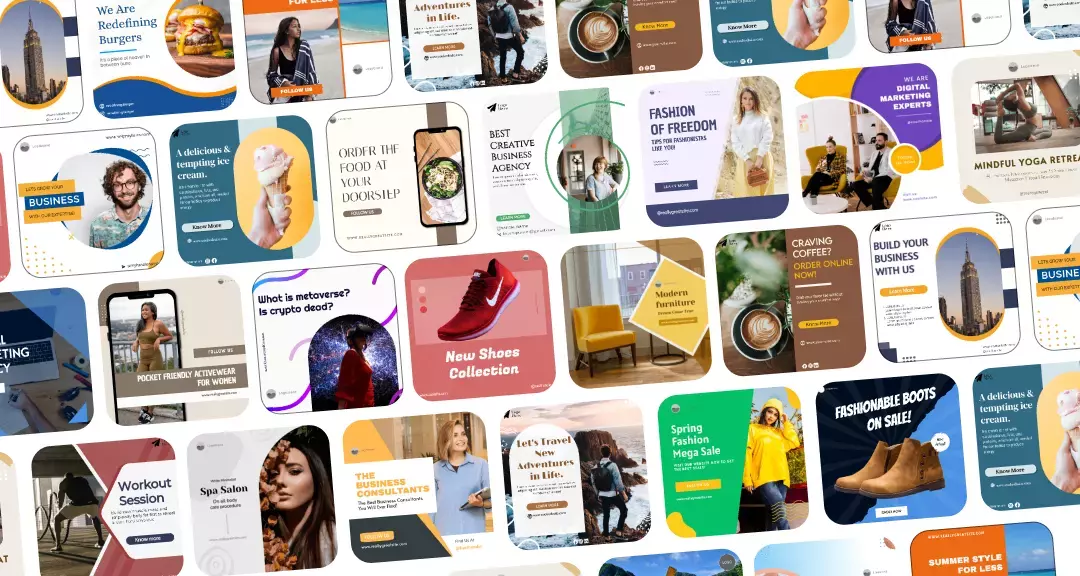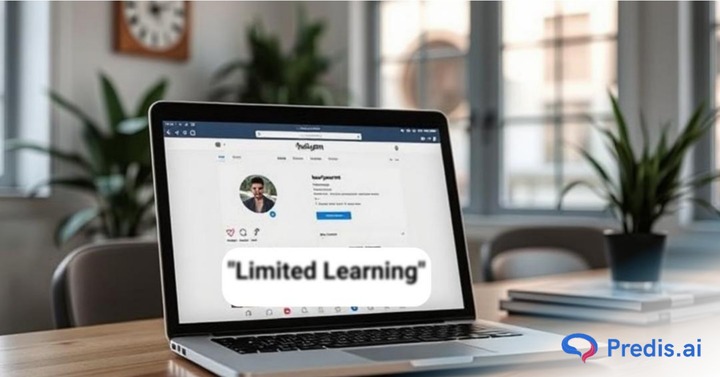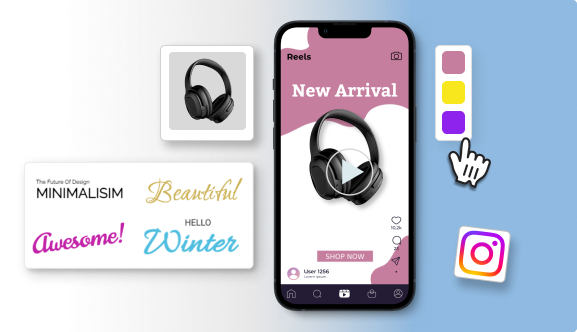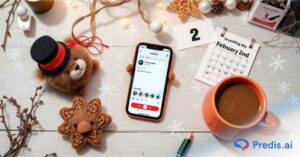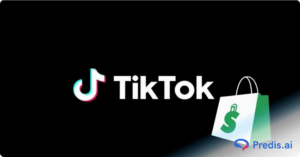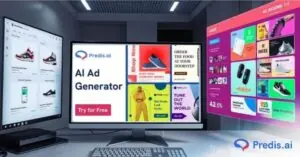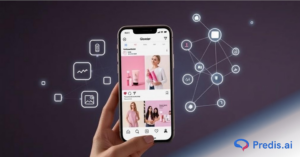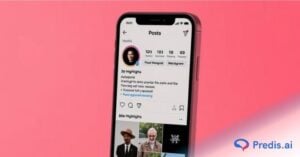You’ve launched your Instagram ad, set your targeting, picked your creatives, and hit publish only to find your results underwhelming. The clicks are low, conversions are slow, and the cost per action keeps climbing. Sound familiar? The reason might be something Meta quietly flags behind the scenes: your ad is stuck in Limited Learning Issues in Instagram Ads.
What is the Learning Phase, and what does ‘Limited Learning’ mean?
Every time you create a new ad set or make significant changes to an existing one, Meta’s ad system enters what’s called the Learning Phase. During this time, the system is testing, analyzing, and adjusting how it delivers your ads to get the best possible results. But here’s the catch: to complete the learning phase, your ad set needs to generate around 50 optimization events (like purchases or sign-ups) within 7 days.
If it doesn’t? You’re hit with the dreaded ‘Learning Limited’ status. This means the system hasn’t gathered enough data to properly optimize your ads, and that’s where performance problems begin.
Why it matters
Ads stuck in Limited Learning don’t just struggle—they stall. With incomplete learning, Meta can’t figure out the best audience or time to show your ad. The result? Higher costs, lower returns, and an ad budget that disappears fast with little to show for it. Your campaign’s full potential stays locked behind poor delivery and missed opportunities.
What this blog will help you do
This guide is here to change that. Whether you’re a business owner, marketer, or freelancer, you’ll learn step-by-step strategies to fix Limited Learning issues in Instagram Ads. We’ll break down exactly why it happens, what to avoid, and how to tweak your ads so they start delivering the results you want, without wasting your budget.
Let’s dive in and get your campaigns back on track.
Understanding the Learning Phase
Before you can fix Limited Learning Issues in Instagram Ads, it’s important to understand what is the Learning Phase and why it matters for your campaign performance.
What is the Learning Phase in Meta Ads (including Instagram)?
The Learning Phase is the adjustment period when Meta (the platform behind Instagram and Facebook ads) figures out how to deliver your ad most effectively. Every time you launch a new ad set or make a big change, like tweaking your budget, audience, or creative, the ad enters this phase.
During this time, Meta’s system is testing different placements, timing, and audiences to see what gets the best results. Think of it like giving the algorithm a chance to warm up and learn who’s most likely to take action on your ad.
Why the Learning Phase Exists
The main goal of the Learning Phase is optimizing ads. Meta wants to make sure your ad gets shown to the people who are most likely to engage, whether that’s clicking, signing up, or making a purchase. But for that to happen, it needs enough data to make smart delivery decisions.
When Does the Learning Phase End?
The Learning Phase typically ends when your ad set gets around 50 optimization events within a 7-day window. An optimization event is whatever action you’ve chosen to measure, like purchases, leads, or add-to-cart actions.
If your ad can hit that 50-event mark, the system has enough data to exit the learning phase and run more efficiently.
How Ads Get Stuck in ‘Limited Learning’
Here’s where things can go wrong. If your ad set doesn’t gather enough data in time, meaning it doesn’t get 50 optimization events in 7 days, it gets flagged as ‘Learning Limited’. This is one of the most common Limited Learning Issues in Instagram Ads, and it can seriously hold back performance.
There are several reasons this might happen:
- Low Budget: If your budget is too small, your ad won’t reach enough people to generate enough actions.
- Narrow Audience Targeting: Targeting too specifically can limit reach, making it harder to collect data.
- Too Many Ad Sets: Running several small ad sets at once splits your budget and reduces performance across the board.
- High CPA Goals: Setting unrealistic cost-per-action goals can limit delivery.
- Too Much Creative Testing: Testing too many creatives in one ad set spreads your data thin.
- Low Conversion Volume: If the action you’re optimizing for rarely happens (like purchases on a high-ticket item), you might struggle to reach the threshold.
Common Reasons for Limited Learning Issues in Instagram Ads
Getting stuck in the Learning Limited phase is frustrating—but it’s also fixable. First, you need to understand why it’s happening. Most Limited Learning Issues in Instagram Ads come down to a few common missteps that make it harder for Meta’s algorithm to learn and optimize your Instagram ad campaigns properly.

Let’s break them down one by one.
1. Low Number of Optimization Events (Less Than 50 per Week)
This is the main trigger for the Learning Limited status. If your ad set isn’t generating at least 50 conversion events within 7 days, Meta’s system can’t gather enough data to learn what’s working. Without those signals, your ad can’t move out of the learning phase.
2. Overly Specific Targeting
Narrowing your audience too much—like stacking multiple interests, demographics, or behaviors—can backfire. While it might seem like a good way to hit the right people, it actually limits your reach. The smaller the pool, the harder it is to get conversions, which leads to Limited Learning Issues in Instagram Ads.
3. Too Many Ad Sets Fighting for the Budget
Running multiple ad sets at once may feel like you’re covering more ground, but it actually spreads your budget too thin. Meta tries to learn from each ad set separately, so if you’re not spending enough on each one, none of them get enough data to exit the learning phase.
4. Low Budget or High CPA Goals
If your budget is too low or your cost-per-action (CPA) goals are set too high, your ad may struggle to deliver at all. The system needs both reach and conversion data to learn. Without enough spend behind it, your ad doesn’t get a fair shot at success.
5. Unnecessary Creative Testing
Testing creatives is smart, but overloading a single ad set with too many versions can confuse the algorithm. Instead of focusing on the best performer, it spreads impressions across all creatives, slowing down learning for each one.
6. Limited Conversion Volume
If you’re optimizing for events that rarely happen (like high-ticket purchases or niche leads), hitting the 50-events-per-week mark might be unrealistic. This can keep your ad stuck in Learning Limited indefinitely.
7. Not Enough Data Signals (New Pixel or Ad Account)
Just launched a new ad account or installed a new pixel? The system hasn’t had time to collect enough behavior data yet. With limited signals, Meta’s delivery system is flying blind, and that leads to slower learning.
How to Fix Limited Learning Issues in Instagram Ads
Now that you know what’s causing the issue, let’s talk solutions. The good news? Limited Learning Issues in Instagram Ads aren’t permanent. With a few smart tweaks, you can help Meta’s system learn faster, spend smarter, and deliver better results.
Here’s how to get your ads back on track:
1. Combine Ad Sets
Running too many ad sets that target similar audiences? It’s time to consolidate. Fragmenting your campaigns spreads your budget thin and slows down learning.
Tip: Look at your past campaigns and combine similar ad sets. Focus your spend on the audiences that have already shown strong results.
2. Increase Budget Strategically
If your ad isn’t hitting 50 optimization events per week, chances are your budget’s too low. Meta needs enough data to learn what works.

Tip: Use Campaign Budget Optimization (CBO) to let Meta distribute your budget across the best-performing ad sets automatically. This can help maximize conversions without overspending.
3. Broaden Your Targeting
Tightly defined audiences can limit your reach and prevent the system from finding people who’ll convert.

How to Fix It: Open up your targeting. Use broader interest categories, take advantage of Lookalike Audiences, or turn on Advantage Detailed Targeting (formerly Interest Expansion) so Meta has more room to learn and optimize.
4. Choose the Right Optimization Event
If you’re not seeing enough conversions, it might be because you’re optimizing for something that happens too rarely, like purchases.
Strategy: Switch to a higher-volume event, like Add to Cart or View Content, to help the system collect data faster. Once your campaign gathers enough momentum, you can shift to lower-funnel goals.
5. Avoid Frequent Edits
Every time you make a big change—budget, audience, creative—your ad re-enters the Learning Phase. Too many changes = never-ending learning.
Solution: Be patient. Let your ad set run for a few days before making adjustments. Small, measured changes are better than constant tinkering.
6. Minimize Creative Overload
Testing 10 different creatives in one ad set might seem like a great idea, but it can slow down performance. Meta has to divide impressions across all versions, which waters down the learning process.
Tip: Stick to 3–5 strong creatives per ad set. Want to test more without messing with learning? Try using Dynamic Creative, which allows Meta to mix and match elements to find what works best.
7. Use Automatic Placements
Choosing only Instagram Feed or Stories? You might be limiting delivery. Meta performs best when it can test different placements and gather data quickly.

Reason to Switch: Automatic Placements allow your ad to appear wherever it’s most likely to convert—whether that’s Instagram Reels, Stories, Explore, or even Facebook placements. This speeds up learning and improves results.
Tools & Resources To Use In Limited Learning Issues in Instagram Ads
Fixing Limited Learning Issues in Instagram Ads isn’t just about strategy—it’s also about using the right tools to guide your decisions. Here are a few trusted resources to help you troubleshoot, plan, and improve your ad performance:
1. Facebook Ads Manager Diagnostics
This built-in tool shows you exactly where your campaigns stand. You’ll see if your ad is in the Learning Phase, flagged as ‘Learning Limited’, or experiencing delivery issues.

Use this Ad Manager dashboard to monitor real-time performance and make data-backed adjustments.
2. Meta Blueprint Course on Ad Delivery
Want a deeper understanding of how Meta’s ad delivery system works?

This free Blueprint course walks you through the ins and outs of learning phases, optimization, and campaign structure. It’s a great way to build your knowledge and avoid future learning roadblocks.
3. Budget Calculator for 50-Event Targeting
To exit the Learning Phase, your ad set needs around 50 optimization events in 7 days. Use a simple budget calculator to reverse-engineer how much you need to spend based on your average cost per event.
For example:
If your cost per conversion = $10, you’ll need a weekly budget of $500 to hit 50 events.
→ $10 x 50 = $500
Want a custom calculator? There are free ones available online, or you can quickly build one using Excel or Google Sheets.
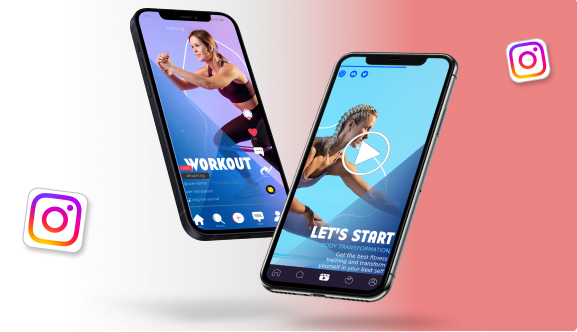
Final Thoughts
If your Instagram ads aren’t performing the way you expected, don’t panic; there’s a good chance Limited Learning is part of the problem. And the good news? It’s fixable.
By understanding what the Learning Phase is and why ads get stuck in it, you can take clear, practical steps to get things back on track. Escaping Limited Learning Issues in Instagram Ads can lead to better reach, lower costs, and stronger returns on your ad spend.
Remember, testing is still important, but test smart. Avoid unnecessary edits, give your ads time to breathe, and make data-driven choices rather than changing things out of frustration.
If you’re not sure where to start or just want a second pair of eyes on your campaigns, now’s a great time to audit your ad account. A professional review can help you spot exactly what’s holding your ads back and what to do about it.
